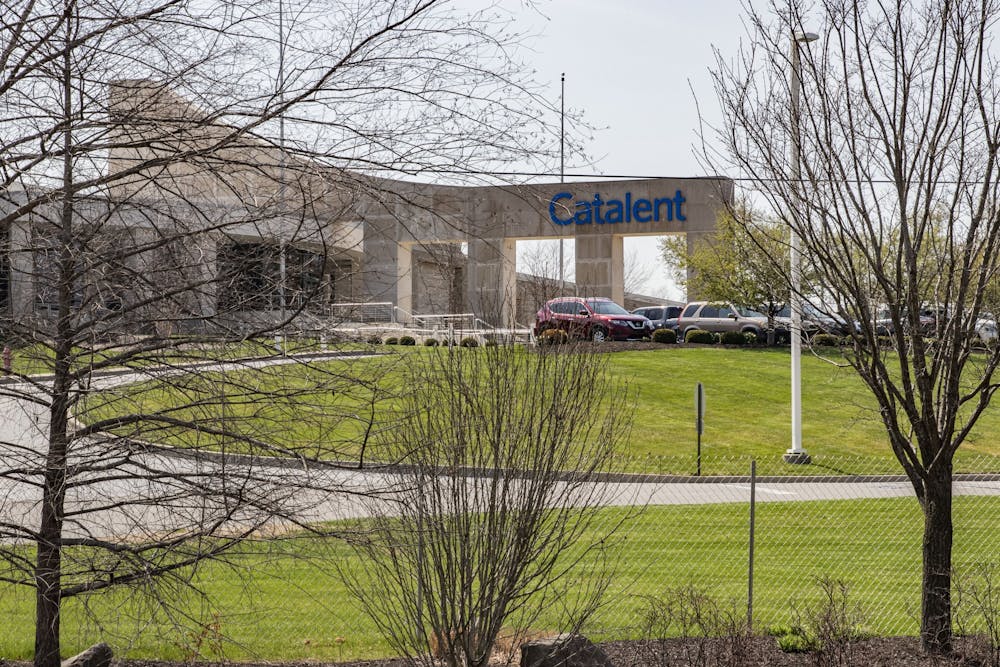Bloomington’s Catalent pharmaceutical plant is producing millions of Johnson & Johnson vaccines, helping increase vaccine availability nationwide and bringing hundreds of jobs to the surrounding area, according to product manager Laine Mello. The plant has been producing vaccines since January and recently received authorization to begin distribution.
Catalent announced in a tweet March 23 that its Bloomington site received Emergency Use Authorization from the FDA to produce and ship the vaccine. The Bloomington Catalent plant is currently one of two locations in the nation producing the Johnson & Johnson vaccine. The plant is also producing the Moderna vaccine.
The FDA issued an Emergency Use Authorization for the Johnson & Johnson vaccine itself in February.
[Related: Read our COVID-19 coverage here.]
Mello said the Bloomington Catalent site had been operating for more than 10 years filling biologics, biosimilars, sterile injectables and vaccine products into vials and syringes — essentially packaging and shipping other medicines.
Previously known as Cook Pharmica, the site was acquired by Catalent in 2017 and is now tasked with producing doses of the Johnson & Johnson vaccine in addition to the Moderna vaccine, aiming to increase the supply nationwide through late 2022, according to a Catalent press release.
According to a Herald Times article published in March, Johnson & Johnson set a goal to distribute 20 million doses of the vaccine by the end of March. Although the exact number of vaccines produced at the Bloomington Catalent site cannot be disclosed, Mello said the plant will continue to produce millions of vaccines over the coming year. She said Catalent does not determine where vaccines are shipped after packaging at the site.
Mello said that while the Bloomington Catalent site has previously done development work for other medicines, it did not play a role in developing the COVID-19 vaccine. Instead, the site is tasked with filling vials with the drug substance, which are then shipped to locations around the country to be distributed.
The site’s new role in vaccine production has created more than 1,300 new jobs for those in Bloomington and surrounding areas, with more than 2,500 people currently employed at the facility, Mello said. These jobs range from entry-level positions to engineers as well as managers and supervisors, according to a Herald Times article published in April 2020.
The site’s production of Johnson & Johnson doses could mean increased efficiency in vaccine rollout, as the convenience of the single shot is beneficial to more vulnerable communities that could be harder to reach to administer a second shot, according to a New York Times article published early last month.
The Johnson & Johnson vaccine has already been chosen for many mass vaccination clinics, including the Indianapolis Motor Speedway.
“We are incredibly grateful for their partnership and look forward to getting up to 96,000 shots in arms by the end of April at this special location,” State Health Commissioner Dr. Kristina Box said in a March press release. Catalent’s role in supplying the Indianapolis Motor Speedway vaccination clinic with Johnson & Johnson vaccines is unknown.



